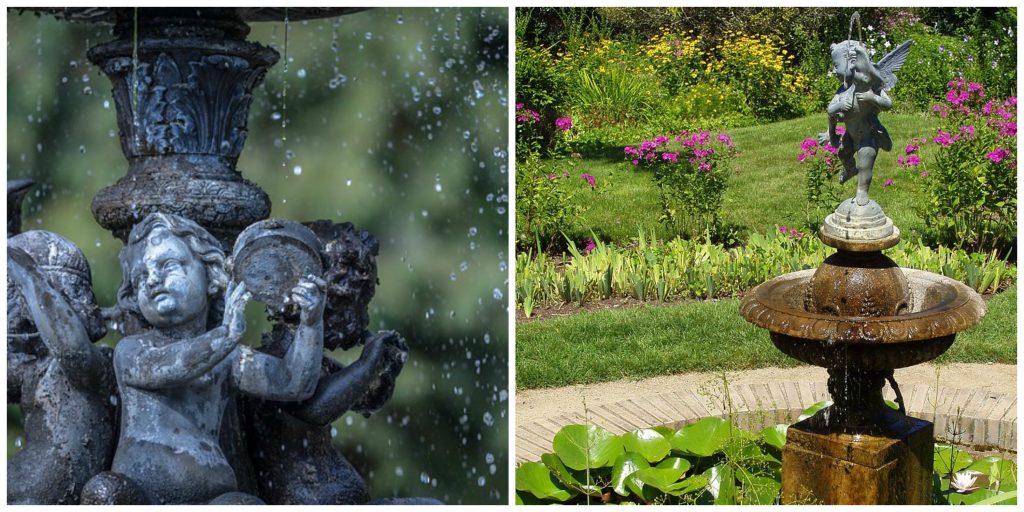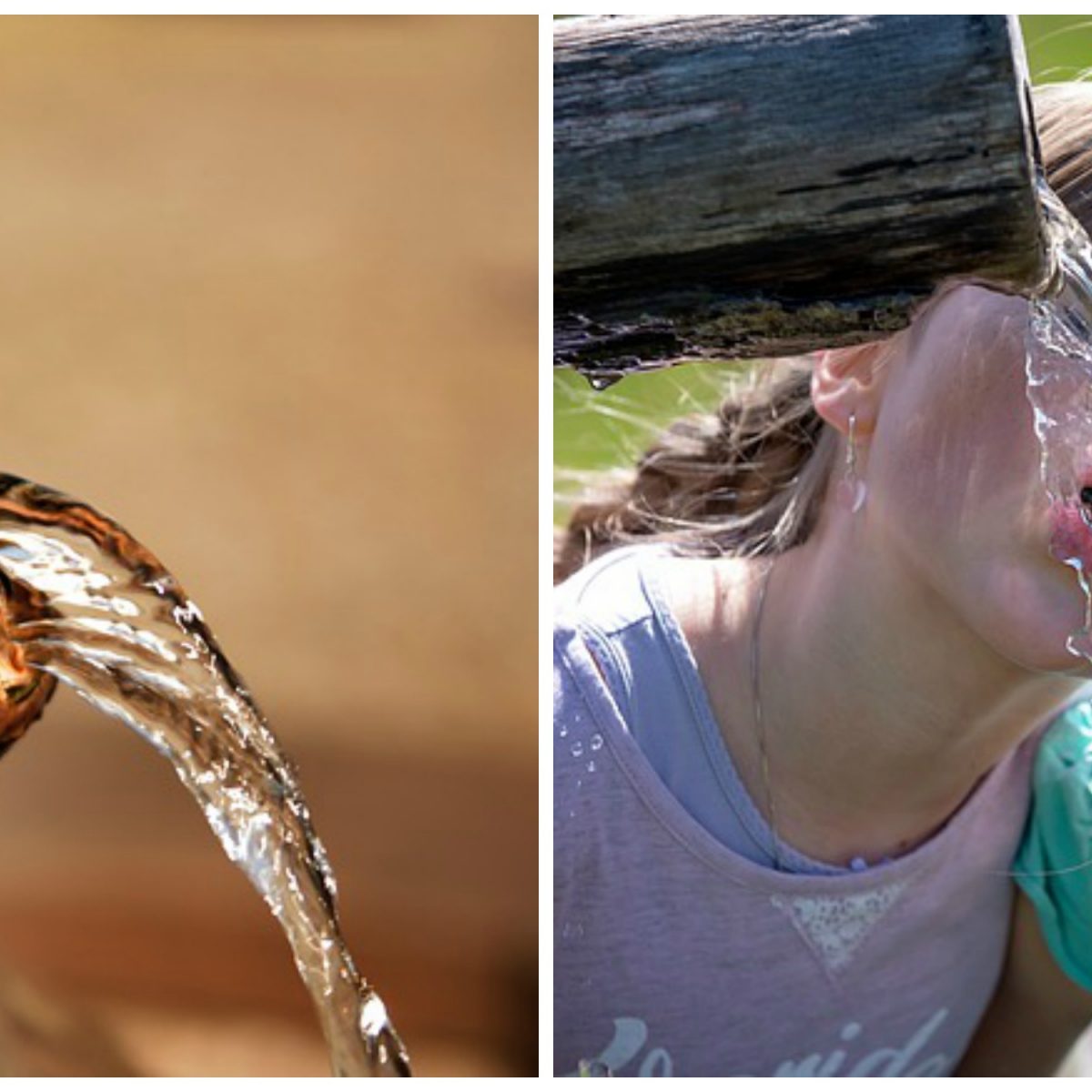Fountains have adorned and beautified people’s gardens for centuries. Besides a charming aesthetic appeal, the sound of moving water has a relaxing effect, adding up to the creation of a soothing environment. A fountain can be the focal point of your yard, according to which you can arrange other yard ornaments (furniture, flowers, lighting, and pathways). Garden fountains come in various designs and shapes, while the installation difficulty depends on the design complexity.

Choose The Right One
There are two types of outdoor fountains you can choose from – basin and pedestal. Basin fountains are to be viewed from multiple angles, and that determines their placement. Pedestal fountains are placed against a solid wall. What also affects your garden fountain set up is the location of electrical outlets, because you will need to connect the pump to a power source and hide those cords.
As for the fountain style, they range from classical styles to contemporary and unique designer styles. Most popular fountain concepts are statues, ponds, walls and tiered (or layered) water fountains.
Location
Think about the landscaping. If you place the fountain underneath a deciduous tree, you will have to clean leaves from it from time to time, so to keep them from decomposing into muck or clogging the pump. Installing a garden fountain requires a little excavation.

Installation Plan
According to Sydney plumbers skilled in installation, you should pay attention to details such as: soil composition, vegetation, animal life, light, shadow and sun exposure (for solar powered fountains). Plan the installation carefully. Before installing it, have an electrician install necessary outlets and wall switches. Fountains that require excavation should be treated like ponds. Once you set it into the ground, relocating it would be a hard job. A typical fountain is consisted of a reservoir (basin), and one or two bilge pumps. The reservoir is where the water collects, and there can be a series of other basins, interconnected with pipes or tubes. The bilge pump uses suction to circulate water, and is placed in the reservoir (multiple-basin fountains require multiple pumps, one for every basin). A pump may be encased in a filter box, which helps keep out debris. The pump is connected to a power source.
Setting Up
When you have made your decisions on the design and placement location, grab your tools and get started with placing the fountain base. Remove the topsoil with a pointed spade, cover the area with a mixture of crushed stone (¾-inch) and stone dust, and compact the stone base with a hand stamper. After you check the stone base for level, set the cast-concrete base. If it is not-leveled, add some stone dust and check it again. Place the fountain’s reservoir on the base, and check for level.
Set the pump inside the basin, and attach a tube (which will be routed to supply the water) to its output port. Secure the tube with natural-appearing fasteners (such as rocks), but do not block the pump’s water intake. Waterfall fountains have two parts – a larger basin which holds the water pump and the water supply, and a smaller basin which is located higher. Run a vinyl tube up to the smaller one. When it gets filled with water, it will start overflowing and filling down the lower basin. That water is to be reused by the water pump.
Run the pump’s power cord and plug it into the outlet. These pumps usually use less than 120 volts and come with their own AC adapters. Fill the basin with water, and hide the power cord into the ground or in a shallow trench.





